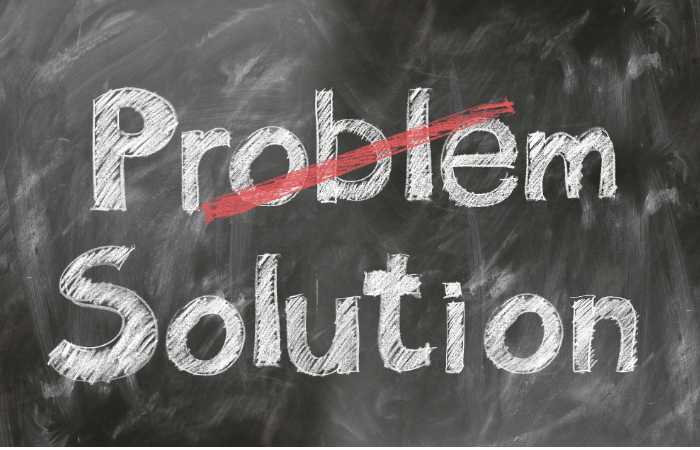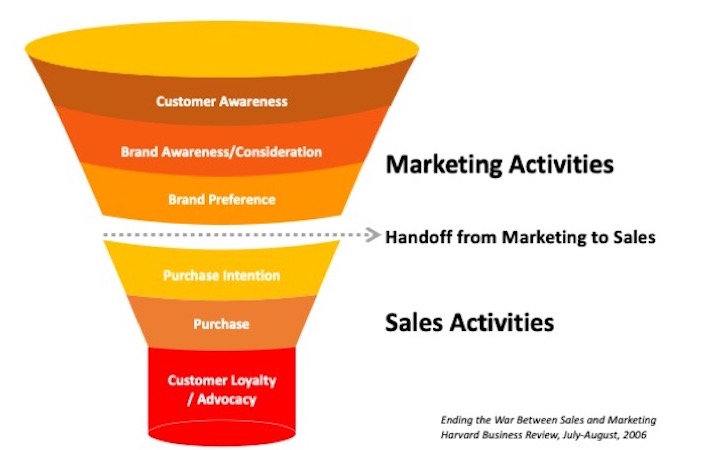 A start-up tech company producing beehive maintenance software was ready to launch its product.
A start-up tech company producing beehive maintenance software was ready to launch its product.
They started with a list of beekeepers who ranged from backyard hobbyists to full-scale honey farmers — all good prospects for this software.
To promote the program to the beekeepers, the company emailed a free newsletter each month offering advice. But, they didn’t consider the wants and needs of the various types of beekeepers. Instead, they approached the beekeepers as one big audience, and sent them all the same mailings.
Like many companies, the start-up achieved some initial success with its broad-based “spray & pray” newsletter strategy, but they soon found themselves with 16,000 unsegmented contacts and a conversion rate that dropped lower with each monthly mailing.
The company then decided to engage a full-service marketing agency to help.
The marketing agency developed a plan with a straightforward goal: Reach the right person, with the right message, at the right time. They developed a segmentation strategy using automated workflows and email drip campaigns to nudge the beekeepers further through their respective sales funnels.
They segmented the list into three categories based on the size of the beekeeping operations:
- Backyard beekeepers,
- Sideliners, and
- Commercial apiaries.
They then sent only the most relevant information to each particular segment.
How Did They Do It?
The agency took a multi-step approach using progressive profiling. They also reviewed the analytics from previous mailings.
When mailing the beekeepers, the newsletters would now include information relevant to a specific segment, and then the agency and the start-up reviewed the analytics tied to those mailings as well.
They then created personalized, action-oriented communications through a series of automation tasks, workflows, and emails designed to further segment the subscribers and better cater to their particular interests and challenges.
Their final step toward segmentation was to move unresponsive leads to a separate mailing list. The unresponsive leads were emailed only once each quarter, with media-rich tutorials about the next steps to getting their hive software set up or offering a demo or features of an upgraded account. This dramatically improved the company’s conversion rates from free trials to paid accounts.
With marketing automation, this company created robust profiles for all of its customers. Eventually, they increased engagement rates from 5% to 40%, and generated a tenfold increase in conversions from free trials to paid accounts.
The start-up is not only equipped to educate their customers on the things that matter most to them, but they’ve increased revenue while also gaining valuable insights into how they can better serve the customers and generate even more business.
For example, they discovered that most of their customers were from larger businesses, so they developed a club edition of their software application to better target that segment. The company also learned that 70% of their leads use iOS operating systems on their cell phones, and they’ve begun creating an iPhone app to reach their customers even more efficiently.
Let’s do this … Together!
Rather than struggle alone with decisions about what to change, where to invest, and what will work, bring in a team to support you. Together, we will discover the answers you need and teach you and your team to do it on your own. Our goal is to work ourselves out of a job so you can be self-sufficient!
Now is the time to take charge of your company’s digital sales and marketing efforts. I can help. Just give me a call, and let’s discuss the best options for moving forward.
We’ll define metrics, set goals, and measure KPIs going forward. You’ll watch your marketing efforts transform into a revenue-generating department that you can tie directly to a positive impact on your bottom line.





